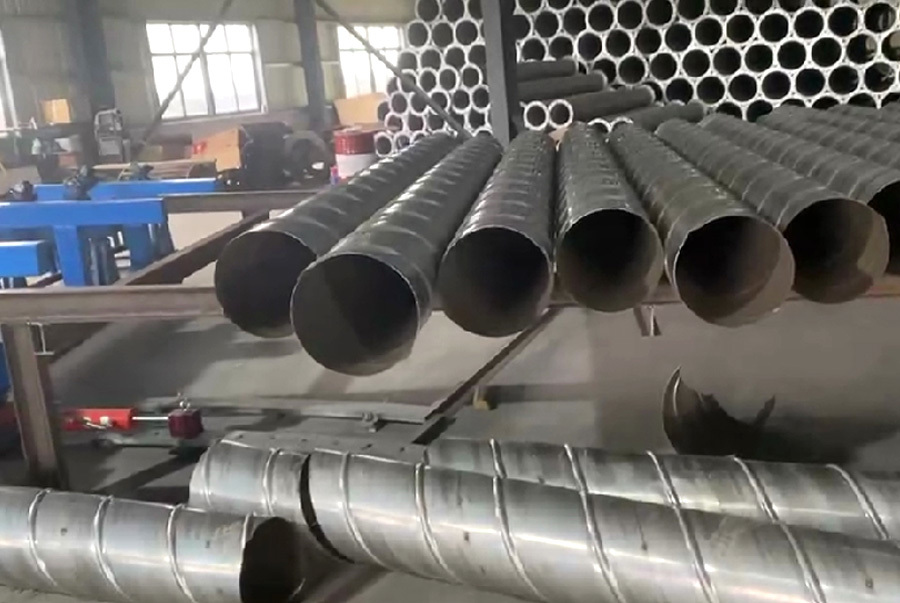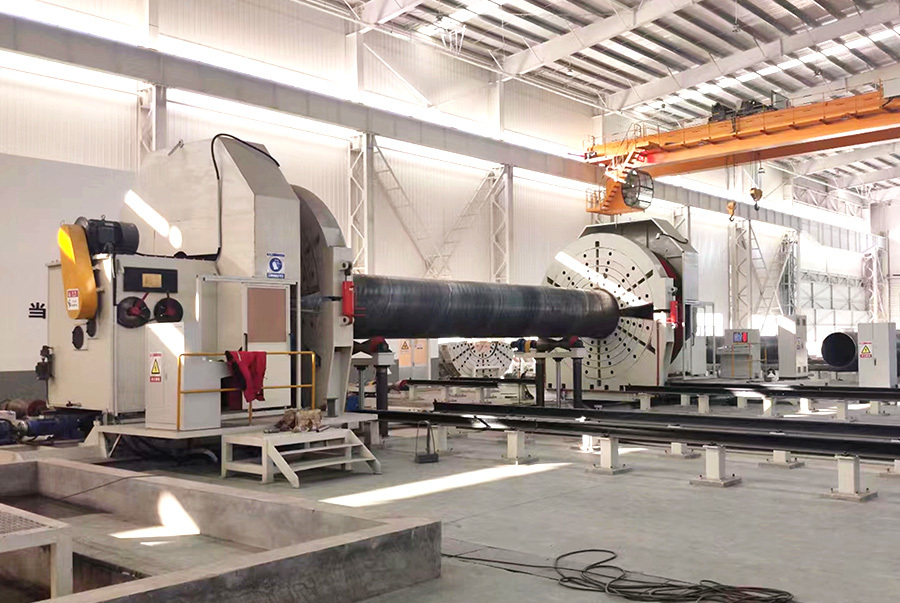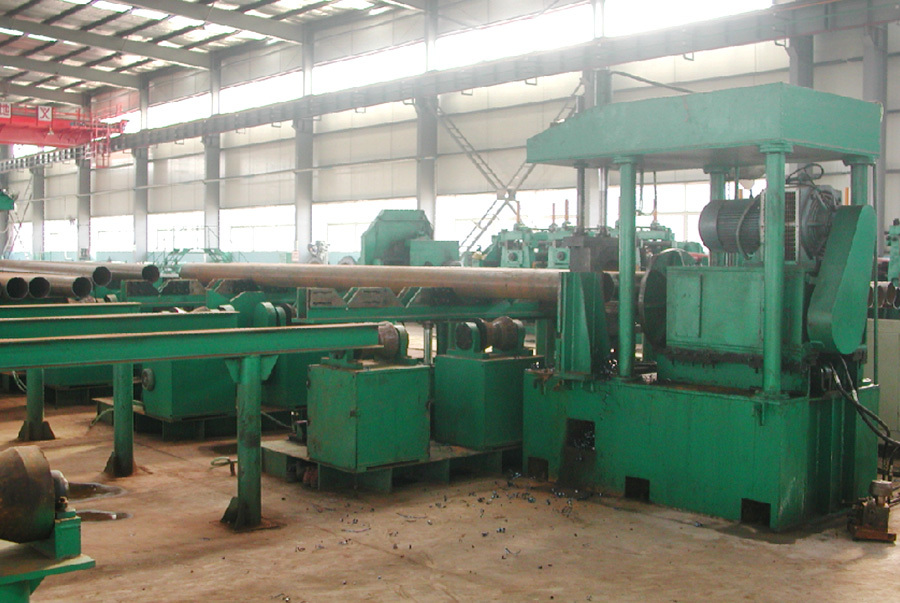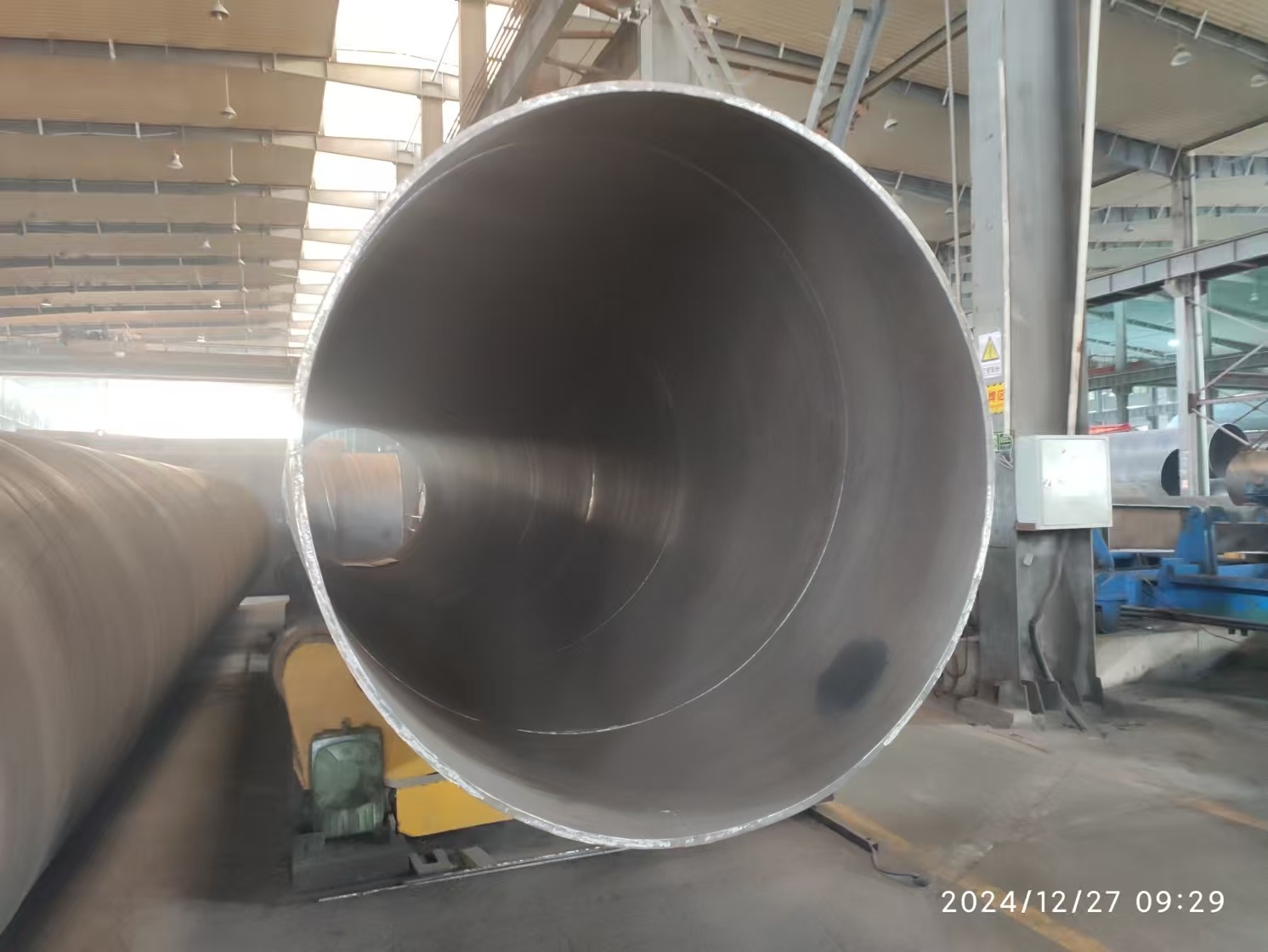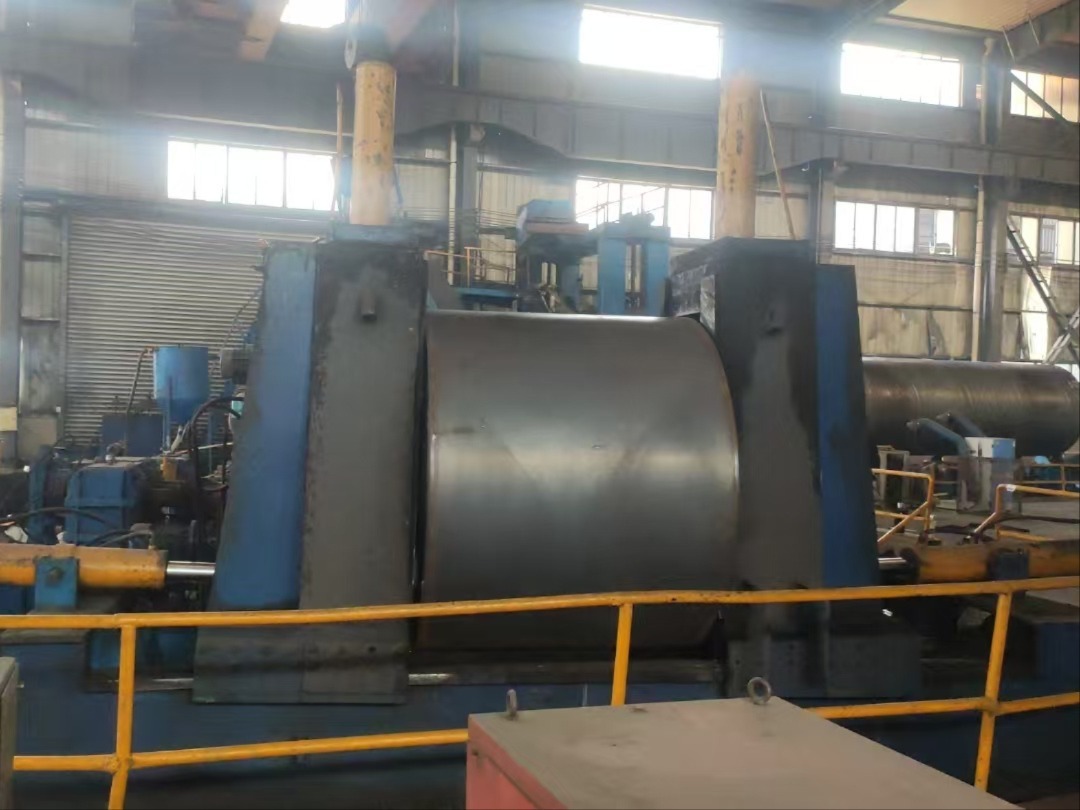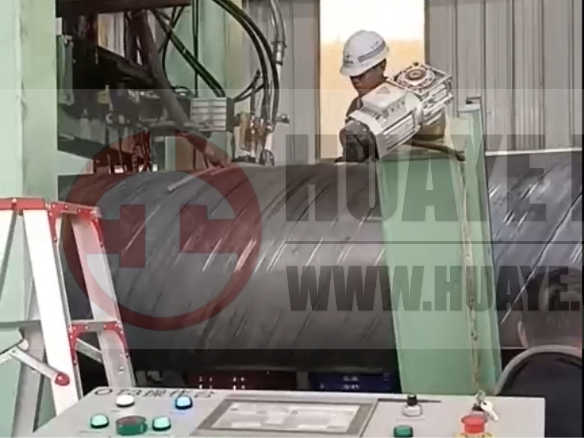The Intricacies of Steel Pipe Mills: An Overview for Manufacturing Professionals
16 Jun,2025
Steel pipe mills are specialized facilities that play a crucial role in the manufacturing of steel pipes, which are fundamental components in various industries, including construction, automotive, and energy sectors. Understanding the operation and importance of steel pipe mills can benefit professionals involved in related manufacturing processes, such as electric tools and electric bevellers.
A
Steel pipe mills are specialized facilities that play a crucial role in the manufacturing of steel pipes, which are fundamental components in various industries, including construction, automotive, and energy sectors. Understanding the operation and importance of steel pipe mills can benefit professionals involved in related manufacturing processes, such as electric tools and electric bevellers.
At the heart of a steel pipe mill is the process of transforming raw steel slabs or billets into finished pipes. This involves a series of steps, including heating, forming, welding, and finishing. The initial phase typically requires heating the steel to a malleable state, allowing it to be shaped into a cylindrical form. This is achieved through various techniques, including both hot and cold rolling processes, depending on the desired specifications of the final product.
Once the steel is shaped, it undergoes welding to create a seamless pipe. This can be accomplished through several methods, including electric resistance welding (ERW) and submerged arc welding (SAW). The welding method chosen often depends on the pipe's intended application and the required strength. For example, electric resistance welding is commonly used for smaller diameter pipes, while submerged arc welding is preferred for larger sections that require high durability.
Moreover, the finishing stage in a steel pipe mill is vital to ensure that the pipes meet industry standards for quality and performance. This includes processes such as cutting, beveling, and surface treatment. Electric bevellers, a tool commonly used in the manufacturing of pipelines, are essential in this stage. They provide a clean and accurate bevel on the pipe edges, facilitating a better fit during assembly and enhancing the integrity of the welded joints.
Steel pipe mills also incorporate sophisticated technologies and automation systems to optimize production efficiency and maintain consistent quality. This is particularly relevant in today’s fast-paced manufacturing environment, where demand for high-quality steel pipes is ever-increasing. Advanced monitoring systems, robotics, and computer numerical control (CNC) machinery are often employed to streamline operations and reduce waste.
In conclusion, the role of steel pipe mills in the manufacturing landscape cannot be overstated. They are integral to producing the steel pipes that are vital for numerous applications, including the electric tools and electric bevellers used in the industry. By understanding the processes involved in steel pipe mills, professionals can better appreciate their significance and the technological advancements driving efficiency and quality within the sector.
At the heart of a steel pipe mill is the process of transforming raw steel slabs or billets into finished pipes. This involves a series of steps, including heating, forming, welding, and finishing. The initial phase typically requires heating the steel to a malleable state, allowing it to be shaped into a cylindrical form. This is achieved through various techniques, including both hot and cold rolling processes, depending on the desired specifications of the final product.
Once the steel is shaped, it undergoes welding to create a seamless pipe. This can be accomplished through several methods, including electric resistance welding (ERW) and submerged arc welding (SAW). The welding method chosen often depends on the pipe's intended application and the required strength. For example, electric resistance welding is commonly used for smaller diameter pipes, while submerged arc welding is preferred for larger sections that require high durability.
Moreover, the finishing stage in a steel pipe mill is vital to ensure that the pipes meet industry standards for quality and performance. This includes processes such as cutting, beveling, and surface treatment. Electric bevellers, a tool commonly used in the manufacturing of pipelines, are essential in this stage. They provide a clean and accurate bevel on the pipe edges, facilitating a better fit during assembly and enhancing the integrity of the welded joints.
Steel pipe mills also incorporate sophisticated technologies and automation systems to optimize production efficiency and maintain consistent quality. This is particularly relevant in today’s fast-paced manufacturing environment, where demand for high-quality steel pipes is ever-increasing. Advanced monitoring systems, robotics, and computer numerical control (CNC) machinery are often employed to streamline operations and reduce waste.
In conclusion, the role of steel pipe mills in the manufacturing landscape cannot be overstated. They are integral to producing the steel pipes that are vital for numerous applications, including the electric tools and electric bevellers used in the industry. By understanding the processes involved in steel pipe mills, professionals can better appreciate their significance and the technological advancements driving efficiency and quality within the sector.
Key words:
All
- All
- Product Management
- News
- Introduction
- Enterprise outlets
- FAQ
- Enterprise Video
- Enterprise Atlas
Related News
From Raw to Ready: How Pipe Prepping Machines Transform Your Workflow
From Raw to Ready: How Pipe Prepping Machines Transform Your Workflow
In the ever-evolving world of manufacturing and machining, efficiency and precision are essential for maintaining a competitive edge. One of the most significant advancements in this field is the development of **pipe prepping machines**. This article delves into the transformative role these machines play in enhancing workflows
2025-12-13
Essential Insights into Pipe Prepping Machines: A Comprehensive Guide
In the manufacturing and processing machinery sector, particularly in the realm of electric tools, the pipe prepping machine stands out as a crucial tool for ensuring high-quality pipe preparation. These machines are designed to prepare pipe edges for welding and other applications, making them a vital component in various industrial processes. Understanding the functionality and advantages of pip
2025-12-08
How to Ensure Your Pipe Welding Equipment Meets Industry Standards
How to Ensure Your Pipe Welding Equipment Meets Industry Standards
Table of Contents
Understanding Industry Standards for Pipe Welding Equipment
Importance of Compliance with Industry Standards
Key Components of Pipe Welding Equipment
Regulatory Bodies and Standards Governing Pipe Welding
Regular Maintenance and Inspection of Welding Equipment
Training and Certification fo
2025-12-03








